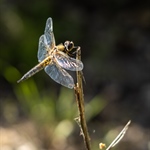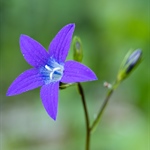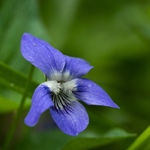MyOMSYSTEM Exif Image Data
| Camera: | E-M1MarkIII |
| Lens: | OLYMPUS M.12-45mm F4.0 |
| Aperture: | f/5 |
| Focal Length: | 42 mm |
| Shutter speed: | 1/250 s |
| ISO: | 200 |
| Flash: | Flash did not fire, compulsory flash mode |
| Taken: | 2021:02:24 21:19:38 |
| Licence: | You can contact me if you are interested in this or that picture. |
MyOMSYSTEM Report Abuse Link
MyOMSYSTEM picture description and tags
Piękny dzień, zimowy, choć już prawie wiosenny. Kojąca leśna cisza, z rzadka wzbogacana klangorem żurawi. Drobne ptactwo budzi się z zimowego odrętwienia i rozpoczyna śpiewy. A na śródleśnych stawach jeszcze lód.





Comments
Show more comments (0)